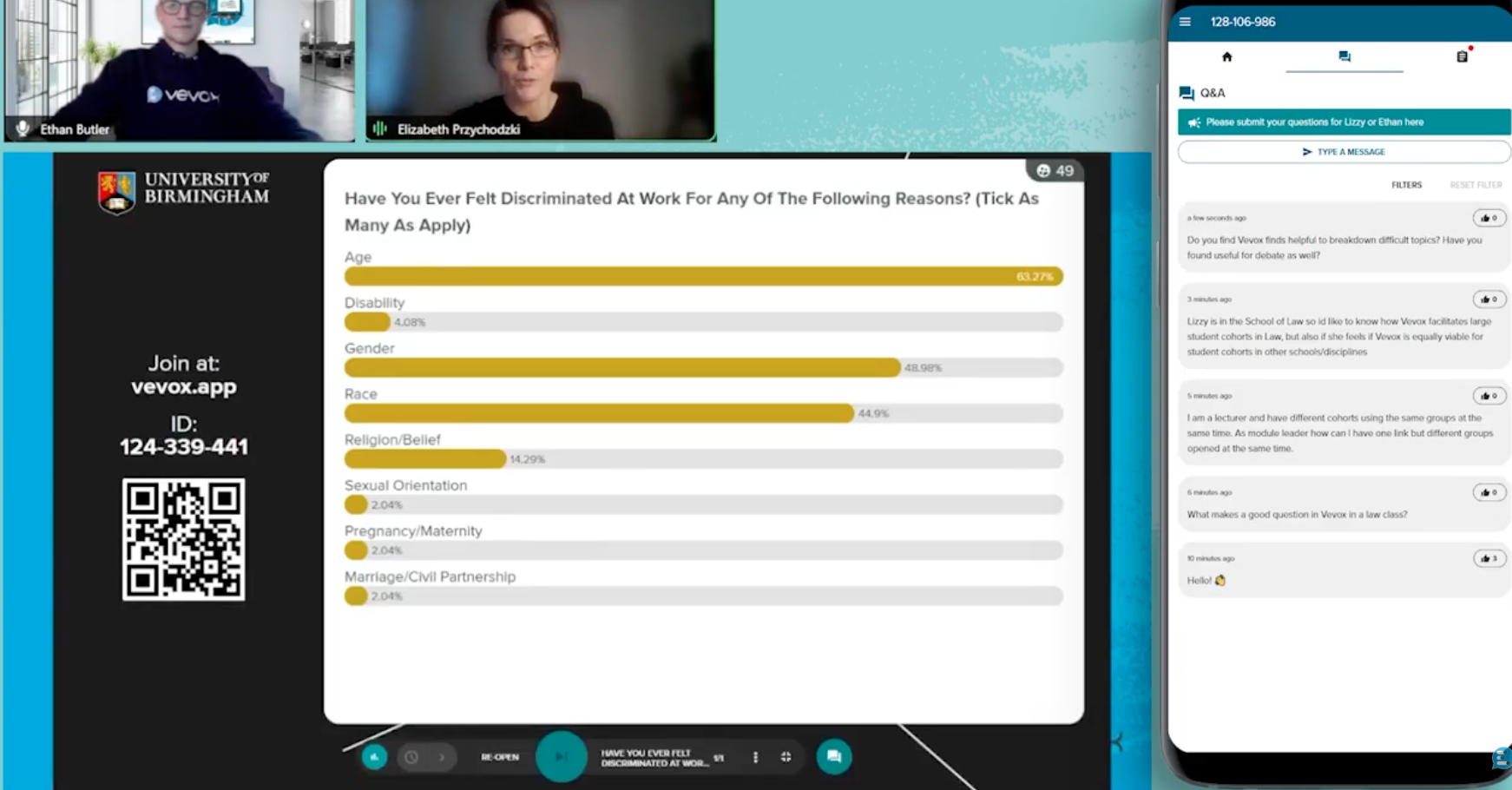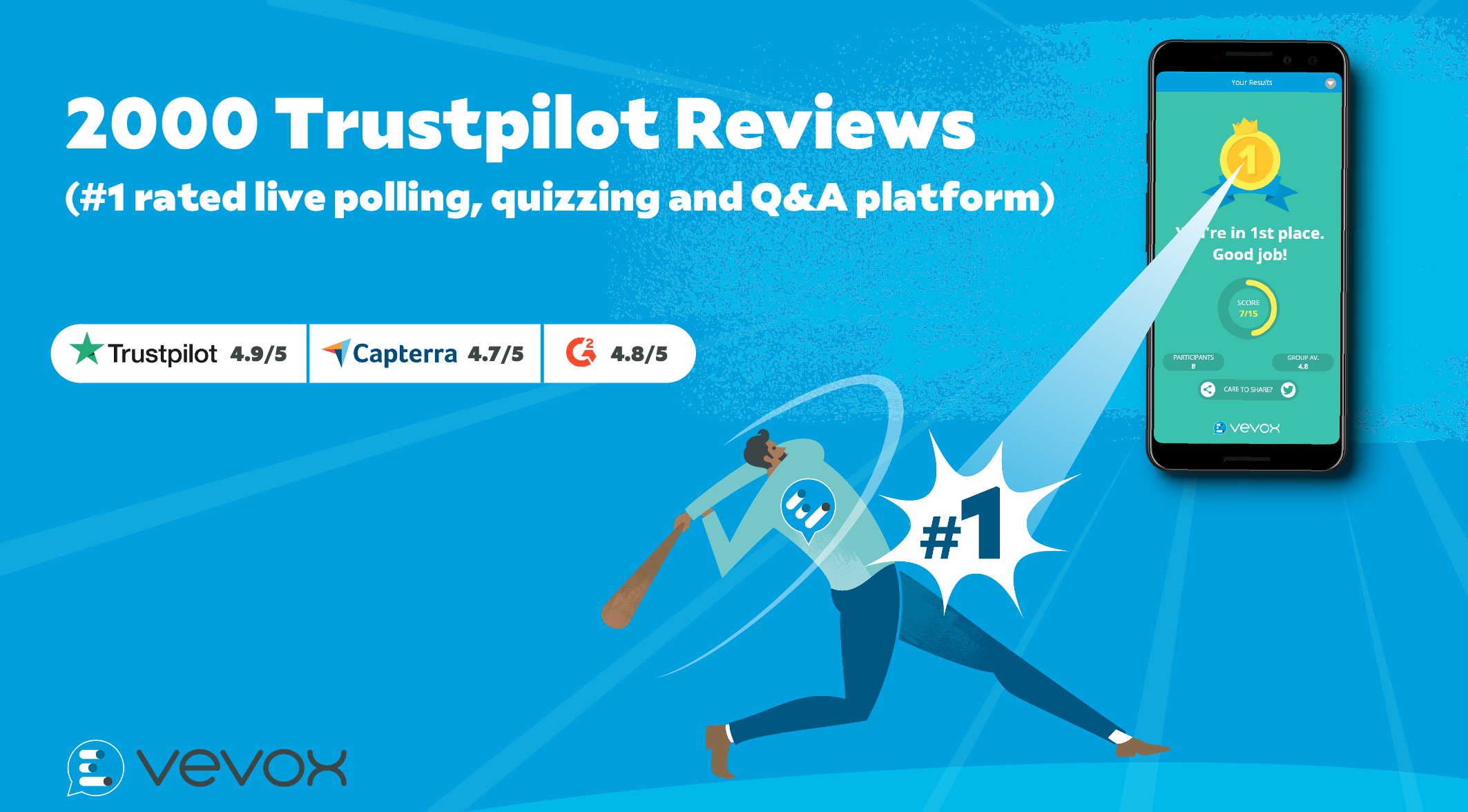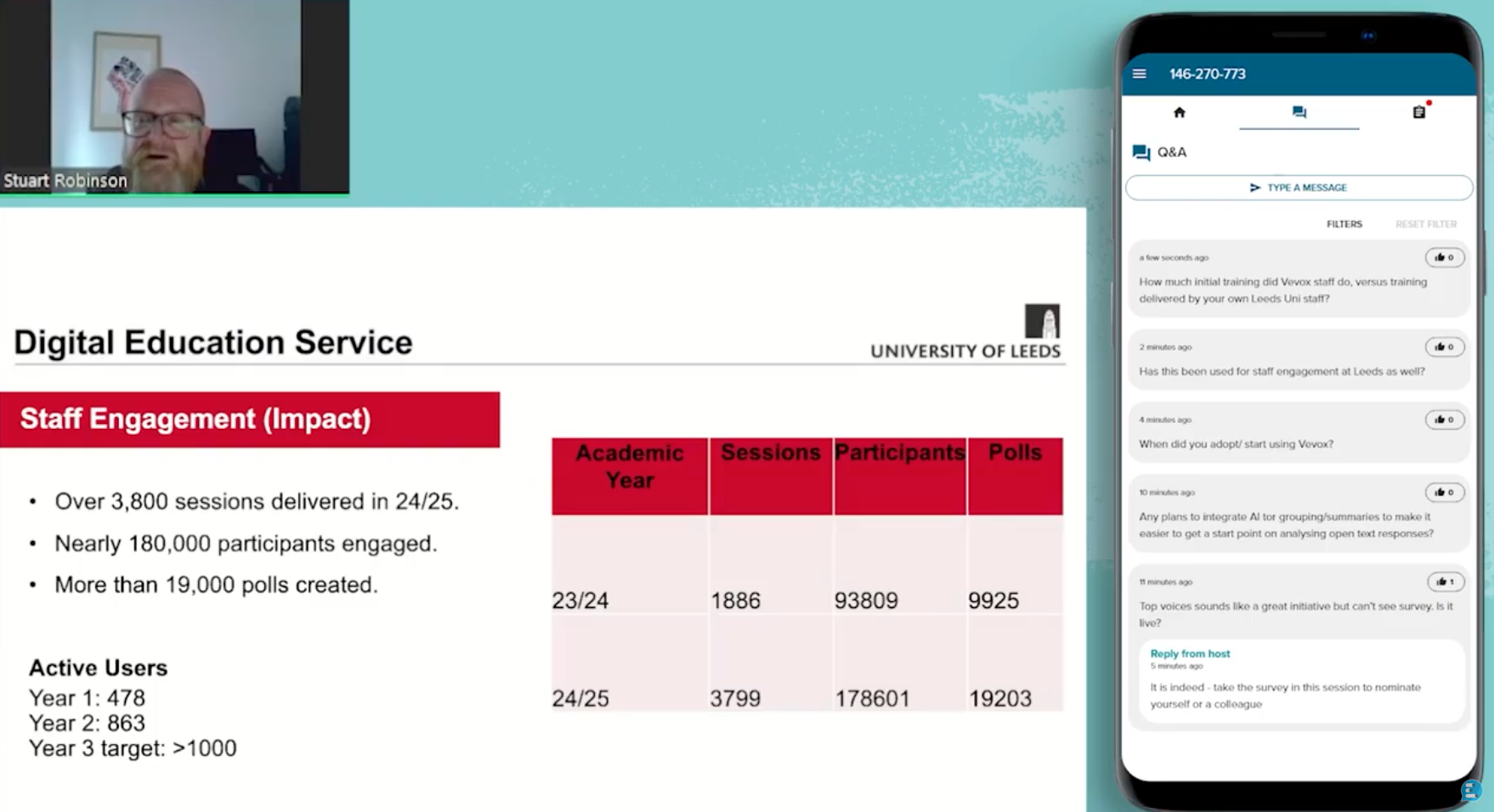Is your workplace still feeling the January blues? Everyone is wearing an extra jumper because the office is too cold, sharing out the remains of Christmas chocolates still and looking for a holiday to help motivate themselves through the next couple of months.
Well, here are our 6 tips to increase the engagement in your workplace and to motivate your employees.
1. Set Achievable Goals
Setting unrealistic targets each month and for 2017 will have a negative impact on your employees. If an employee feels that they are constantly underachieving on either personal or company targets it will start to impact the workplace atmosphere and morale. Just like setting an unrealistic New Year’s resolution (at least half the people in our office have), having unrealistic goals will start to affect the confidence of your employees and make them doubt their ability.
One tool to clearly define achievable goals is to use the SMART framework. There are a few variations on the SMART framework, but here is an example below.
Specific – What specifically needs to be done? The tasks involved? What, Where and How?
Measurable – How will you measure the progress and success/objectives?
Assignable – Is it an agreed objective by all stakeholders? Who is responsible for what?
Realistic – Do we have the resources to achieve this? Are there any major constraints?
Time-related – When can this be achieved by? Is it achievable within the time-frame?
By using a tool like SMART and creating attainable goals for your employees it will help with their personal development, motivation and self-assurance.
2. Encourage Teamwork and Interactivity
Workplace culture and teamwork is key to an employee’s happiness. According to Deloitte University Press, "87% of organizations cite culture and engagement as one of their top challenges, and 50% call the problem very important." Allowing employees to contribute to team discussions and having their ideas heard makes them feel like they belong to the organization and enables them to take pride in their work.
If employees work in a positive environment where they feel content, they are more likely to have a positive mind-set and approach to the way they work. By encouraging your employees to be part of group discussions and offering their feedback, this will increase creativeness and help with finding better solutions to problems. Encourage wellbeing activities whether joint or invididual, activites that can boost mental health and team morale could be being out in nature, wild swimming, music, social events and humour.
3. Employee Journey and Training
Career development is important for any employee. Employees need to know that they will grow in their career, have opportunities to develop within their role and gain more skills. Setting out a journey for your employee with steps and gaining feedback on what the individual wants to be achieving, as well as where they want to be in x amount of time will create a mutual understanding of what support needs to be in place to help the employee to achieve their objectives.
4. Employee Recognition
Employees need to know that their efforts are making a difference and that other people value their contributions. If employees do not feel valued or feel that their efforts go unrecognized, it will lower their self-esteem and confidence to do their jobs.
Using some form of incentive, reward or exciting monthly event can make a positive difference to employee engagement. Introducing a new exciting technology tool, social events or healthy competitions are ways to increase social interaction between employees. These initiatives will also reinforce a positive work environment, in which employees feel valued and respected. If your employees feel more important and know they are appreciated, then the likelihood is that they will be more committed to set objectives and will be more productive.
5. Understanding Your Employees
A lack of understanding in a workplace can cause friction and ultimately harm relationships. Managers are facilitators for creating an environment in which employees feel safe, content and happy to be part of team projects and striving towards company goals.
Not listening to your employee’s opinions and ideas can cause negativity and discontent within the workplace. Finding out your employees needs and views will allow a manager to understand what needs to be in place for an employee’s journey. An employee might want more training, to refocus role tasks or goals, to be part of different projects or to have their opinion heard on company decisions.
6. Find The Right Technology Engagement Tool
The world of work is different for the millennial generation and workplace environments have shifted hugely. We live in a world where technology is the norm and most of us would struggle to live without a mobile phone or device, perhaps even if it was for a day. Communication is key within an organizations strategy and today’s world. Managers need to stay connected to employees.
Tackling Blue Monday for your students and employees
As we navigate through January, the phenomenon of Blue Monday, often dubbed as the most depressing day of the year... looms over us, bringing the well-known January blues into sharp focus. This period can significantly dampen workplace morale and productivity. However, with Vevox's insightful strategies, businesses can effectively counteract this annual low point. Here’s a closer look at understanding these concepts and combating them in your workplace.
Understanding Blue Monday and January Blues
Blue Monday, typically the third Monday of January, symbolizes the peak of winter gloom, arising from a mix of post-holiday blues, cold dark nights, and the distant memory of the festive season. Similarly, the January blues can extend throughout the month, affecting mood, motivation, and engagement at work. It’s a critical time for leaders and managers to step up and address these challenges head-on to maintain a positive, productive environment.
What is blue monday? What is the January blues?
Blue Monday and the January blues represent a universal challenge that demands a proactive, empathetic approach to leadership. Blue monday is typically the most depressing day of the year whilst January blues is the month that people find the most depressing. By integrating Vevox's strategies, businesses can not only navigate this challenging period but also emerge stronger, with a more engaged and motivated team ready to tackle the year ahead. It's about turning what is traditionally seen as a time of low energy and engagement into an opportunity for growth, development, and team-building. This approach not only addresses the immediate challenge of January blues but also sets a positive tone for the rest of the year.
Today’s technology enables managers and organizations to implement these steps to increasing employee engagement and happiness. Tech savvy businesses are using technologies and apps to communicate and interact with their employees, allowing them to have their voices heard and to have their say on the way they work. Vevox has been used for staff training, to engage employees and to make internal communications more exciting and interactive.





